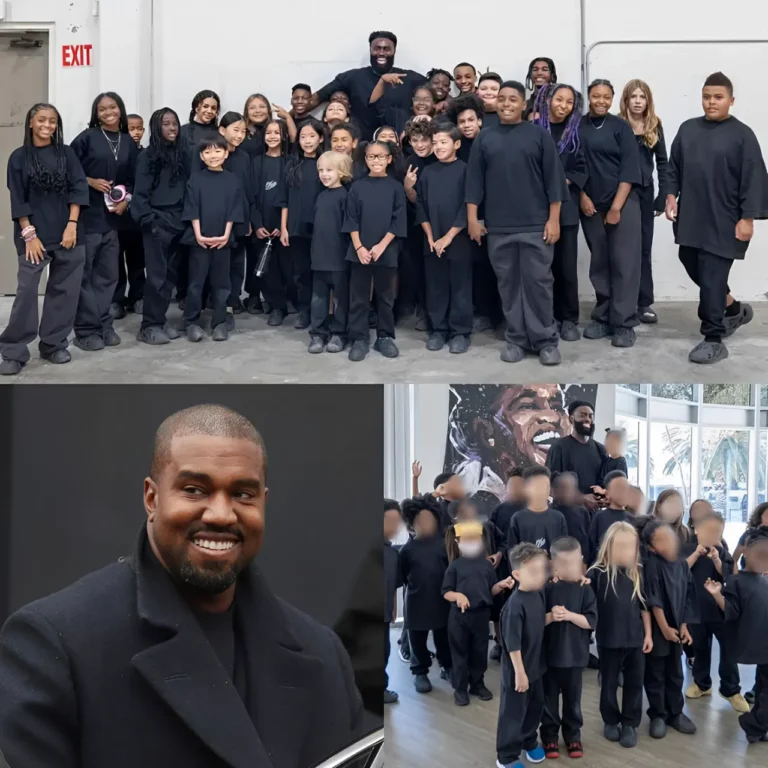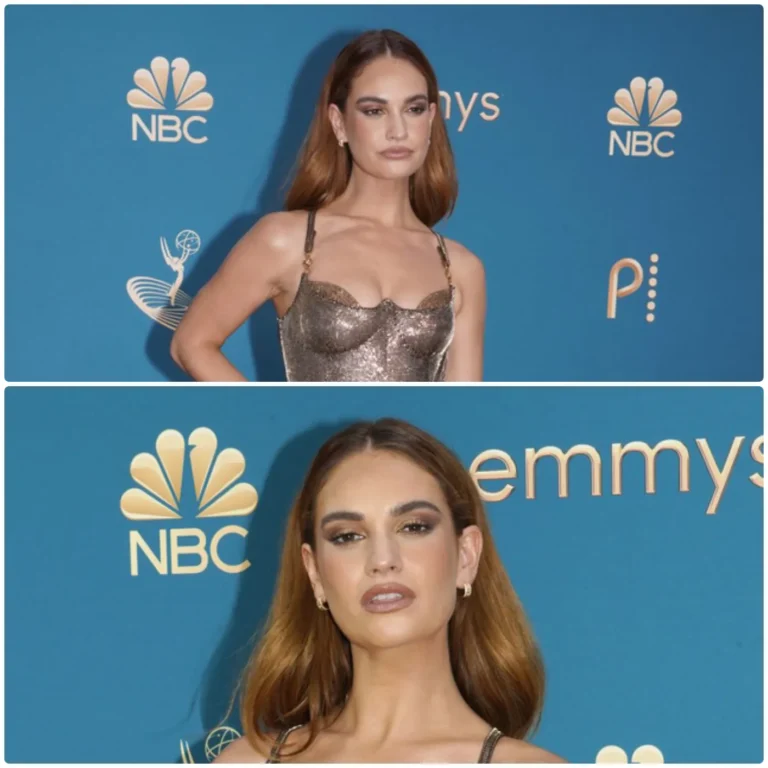
In recent years, the term “tradwife” has gained popularity on social media platforms, gradually evolving into a notable aesthetic wave. As modern trends captivate fashion enthusiasts, the nostalgic charm of the “tradwife” aesthetic is making a quiet comeback. While the “old money” trend focuses on intellectual elegance and aristocratic refinement, and “mob wife” showcases the glitzy mystery of the underground world, “tradwife” is a declaration of traditional femininity, celebrating the role of a homemaker. The essence of this aesthetic lies not only in family values but also in the vintage-inspired fashion of the 1960s.
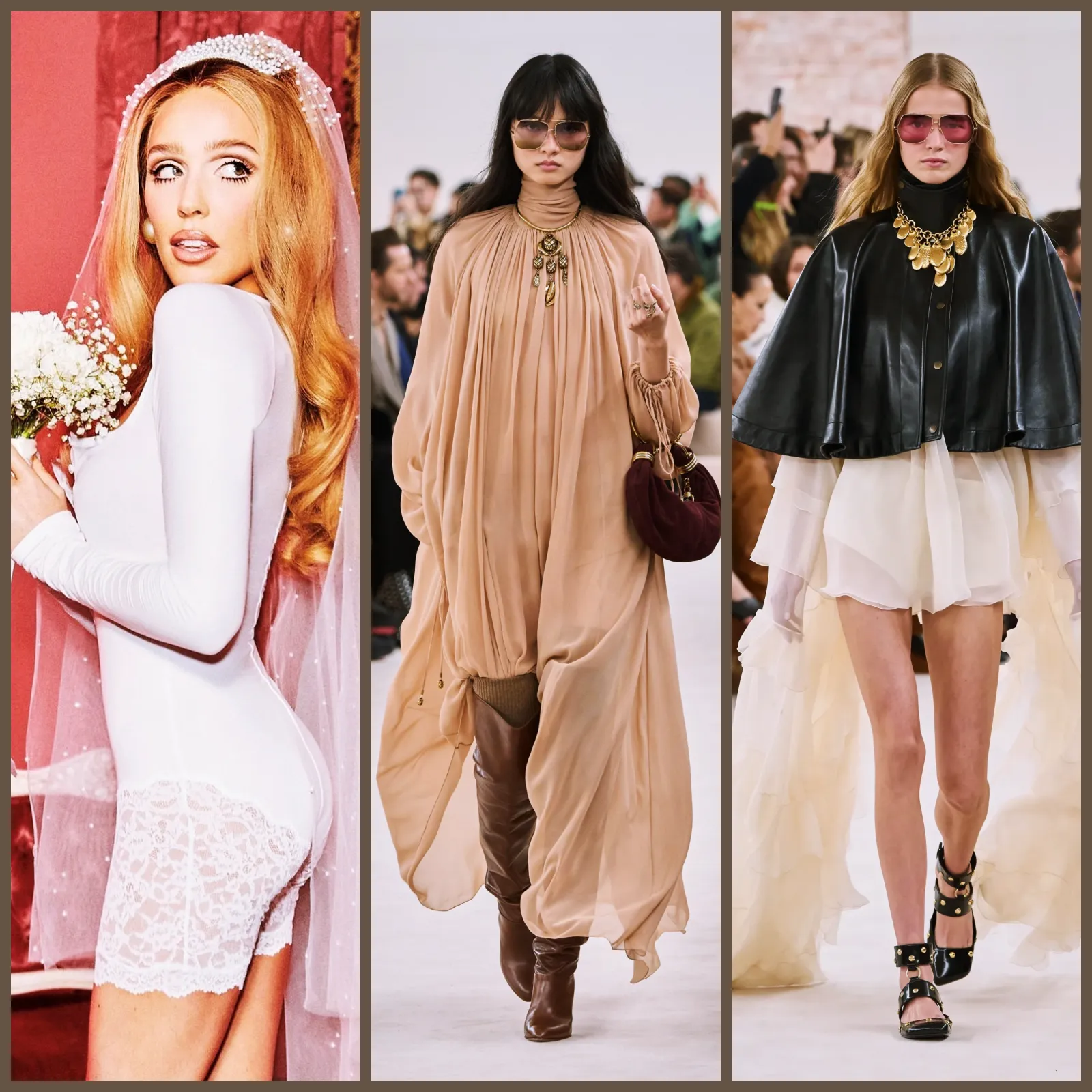
What Is the “Tradwife” Image?
The “tradwife” aesthetic is more than just a fashion statement—it’s a lifestyle. The term is short for “traditional wife,” representing the familiar image of a homemaker, caring for her family and nurturing the home. The “tradwife” aesthetic draws from this image, reflected through a simple, elegant lifestyle that emphasizes the beauty of classic femininity. With soft lines, modest designs, and vintage-inspired fashion, this aesthetic takes cues from the ideals of the 1960s, a time of transition and change for women.
The 60s Fashion Revival and the “Tradwife” Aesthetic
In recent months, we’ve witnessed a resurgence of 1960s fashion trends. From Sofia Richie Grainge and Alex Cooper’s advertising campaigns to Claudia Sulewski’s short films, the 60s are everywhere. Particularly striking was Alex Cooper’s vintage look in Skims’ campaign, where deep eye makeup and the iconic bouffant hairstyle highlighted the collection’s designs. These nostalgic visuals allow fashion lovers to find connections between 60s inspirations and modern trends, laying the foundation for the “tradwife” aesthetic.
The 1960s marked the beginning of women questioning the societal norms imposed on them. Women began to assert their individuality and challenge traditional standards, a sentiment that echoes today. In recent years, we’ve seen the rise of modern feminism, advocating different perspectives on women’s roles in society. The “tradwife” aesthetic embraces the elegance of traditional femininity while still allowing women the freedom to express their personal style.
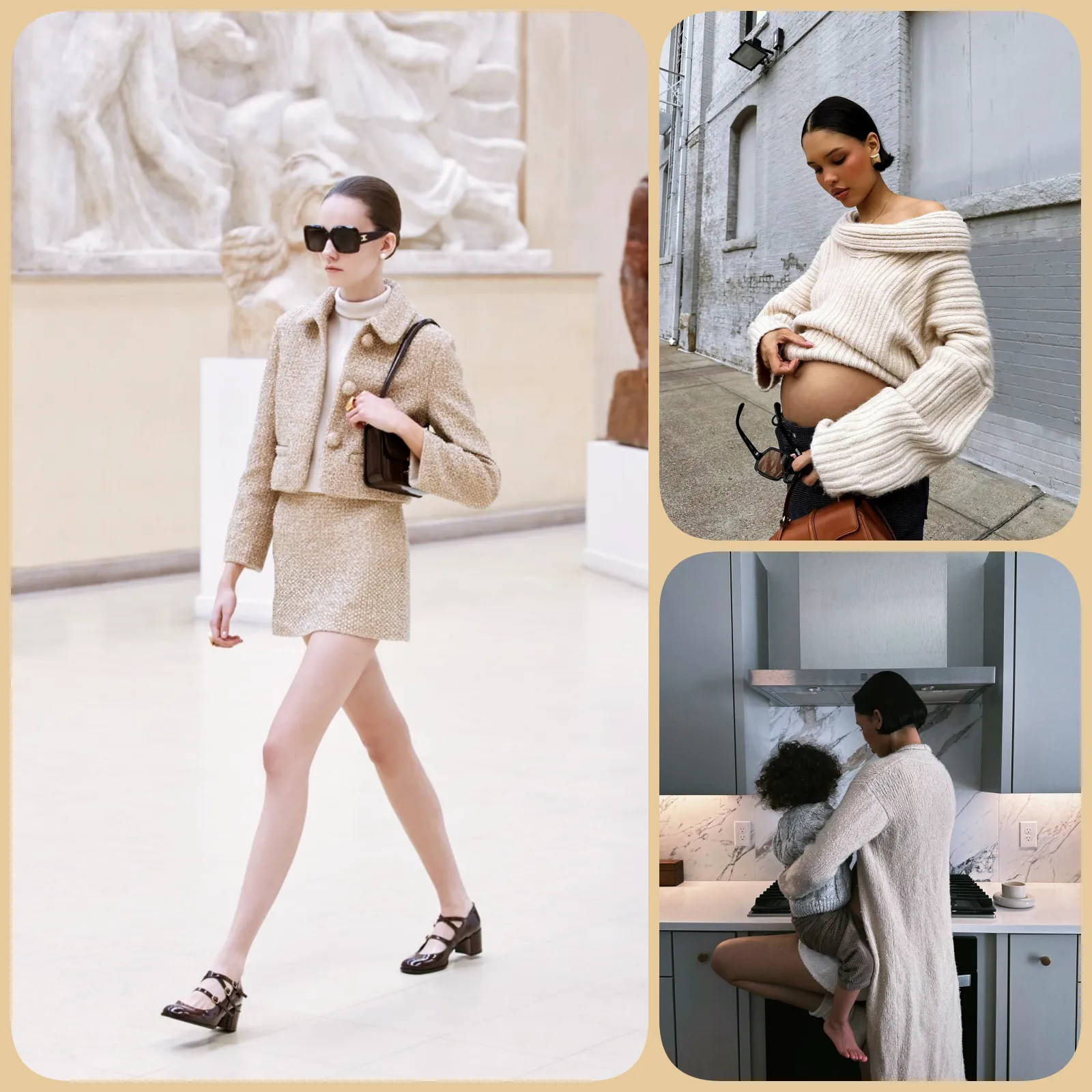
Defining the Fashion of the “Tradwife” Aesthetic
Inspired by the 1960s, the “tradwife” wardrobe is incomplete without retro fashion items like well-tailored jackets. Minimalist designs with exquisite cuts and fabrics from renowned fashion houses embody the sophistication and elegance of mature women. The bohemian influence, which gained popularity in the 60s, is also making a comeback in current fashion trends. Oversized accessories and flowing maxi dresses with a relaxed silhouette are becoming key elements on fashion runways.
Iconic dresses that celebrate femininity and grace are central to the “tradwife” aesthetic. Delicate floral prints and intricate stitching not only elevate the style of “tradwife” fashion enthusiasts but also subtly convey a message of a peaceful, gentle lifestyle. These fashion choices are a blend of refinement and individuality, embodying the modern yet classic approach to personal style.
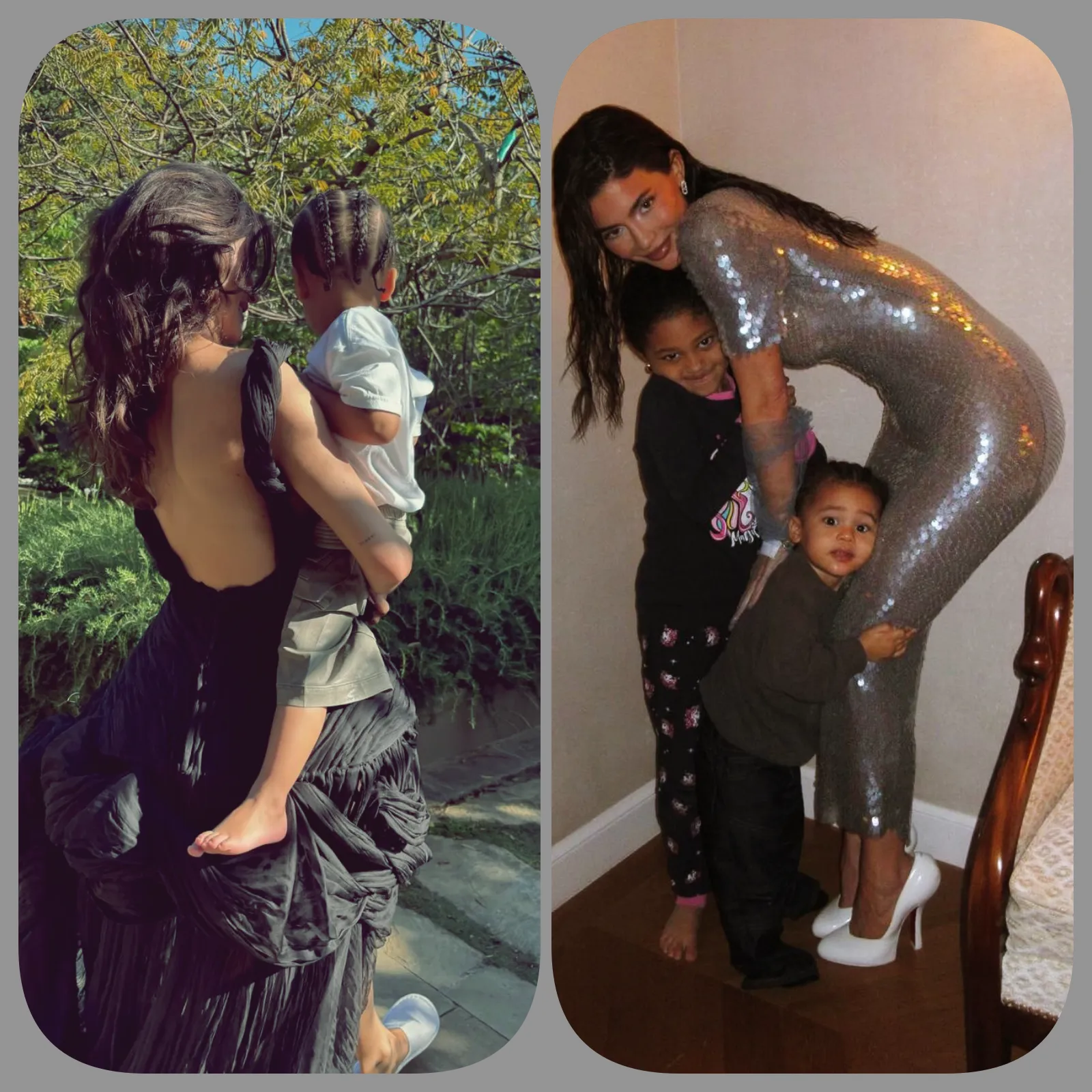
Leading Figures in the “Tradwife” Trend
Nara Smith, one of the most stylish homemakers on social media, is a prime example of the “tradwife” aesthetic. Often pictured in her neat kitchen or enjoying relaxed mornings in elegant outfits, her style blends timeless fashion with subtle makeup to create a graceful aesthetic. Since becoming a mother of two, her transformation from the rebellious “IT-girl” to a mature, sophisticated woman has been evident. Kylie Jenner’s current style focuses on understated elegance and sophistication, emphasizing creativity and personal flair. Her fashion choices reflect a confident, modern woman who values refinement.
Hailey Bieber, even during her pregnancy, continues to shine as an “IT-girl” with impeccable style. Her keen fashion sense and chic aesthetic have made her the most celebrated stylish mom-to-be of 2024. With her minimalist outfits focusing on structure and form, she exudes the image of a modern mother who is both put-together and fashion-forward.
Victoria Beckham, a constant figure of elegance, also embodies the “tradwife” aesthetic. The former Spice Girl and successful businesswoman consistently opts for minimalist outfits in neutral tones, maintaining a sophisticated, polished look. Her fashion choices are not only about style but reflect the confidence and poise of a modern woman balancing both career and family.

Preparing for what’s to come
As the “tradwife” aesthetic continues to gain momentum, it bridges the gap between classic 1960s style and modern femininity. This trend, which celebrates traditional values while embracing personal freedom, is more than just a nostalgic fashion statement—it’s a lifestyle that resonates with today’s empowered yet refined women. From retro-inspired clothing to an emphasis on grace and simplicity, the “tradwife” aesthetic is shaping the fashion landscape with its timeless appeal.
